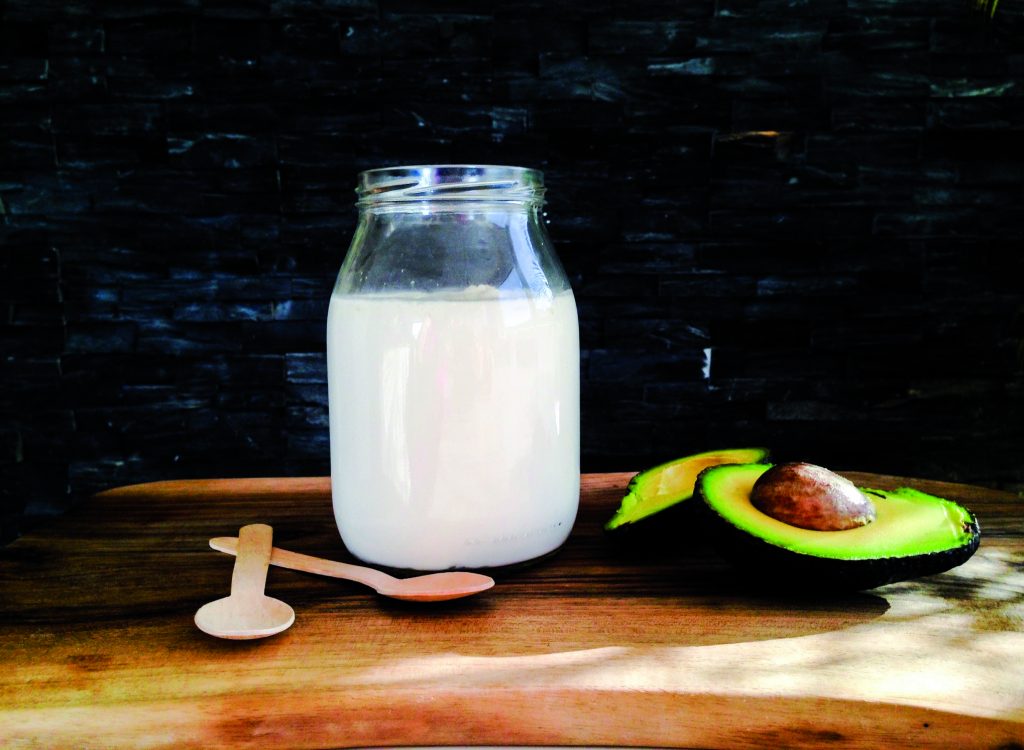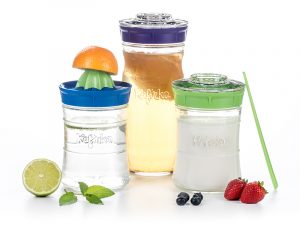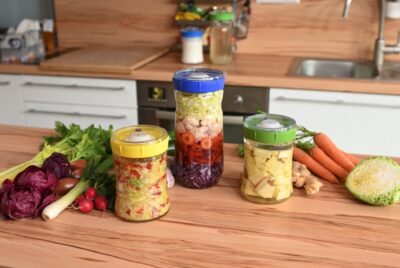How to make kefir at home
How to make kefir the traditional way?
Kefir is a traditional fermented beverage with numerous health benefits: but to get the best of it, it has to be fresh – and for this do-it-yourself preparation is the best. Those of you who already know and make kefir, will probably agree that this is a very refreshing, tasty and also healthy beverage.

To prepare best homemade kefir you need to know the process, which is very simple, but still has its tricks. First let’s prepare all we require to make kefir. We’ll need:
- Kefir grains – to start the fermentation process in milk
- Kefirko kefir fermenter – all-in-one tool for fermenting kefir
- and milk (highly recommended is raw milk or at least non-homogenized).

After we have all the supplies we need to know and understand the process. Here is it important to point out that you will need to play around and see what kind of results you get. Taste and structure of your kefir might be influenced by any number of things. All from milk, health of kefir grains, ratio of grains to milk, room temperature, brightness and so on.
Basic steps of preparing kefir
- Get Kefir grains
- Put kefir grains in Kefirko
- Add fresh milk
- Leave to ferment for about 24 hours.
- Stir or shake once or twice during fermentation.

You will find the same instructions in many other blogs, books or video tutorials. However, what most are overlooking is the fifth step, mixing. Why we recommend mixing?
The traditional, or artisanal method of making kefir is achieved by directly adding kefir grains (2–10%) to milk in a sealed goatskin leather bag, which is traditionally agitated one or more times a day. – Wikipedia
Mixing contents of Kefirko will result in richer bacteria count, smother texture and overall much better kefir. Of course end result will also depend on other factors mentioned before, but this is something you are very much in control off.
With Kefirko you have two options. You can either shake Kefirko with lid tightly closed, or you can stir contents with the swizzle stick you got in the set. Both will produce fantastic results and help you drink better kefir. We mostly stir kefir during fermentation and before straining it. Straining is cleaner and more gentle on kefir grains.
How do you produce your kefir? Do you ever mix it during fermentation?
Get Kefirko kefir fermenter here.
Get milk kefir grains here.
And get water kefir grains here.








Just got my kefirko and reading the directions. I have two questions……
1. is the fermented milk that is a result of the “before first use” stage drinkable/usable?
2. for the “before frist use” stage it specifies to use “room temperature milk” – but in the “how to make milk kefir” stage it just states to add “appropriate amount of milk” – should the milk be at room temperature for this stage also?
Hi Becky!
Here are the answers to your questions:
1. The fermented milk that is produced during the revival of the grains is ok to use if the smell and taste is somewhat sour but not in a bad way. Sometimes if the grains were not used for a long times this milk can be a little smelly, not as thick etc. If you find the taste and smell ok, it should not be a problem – also this means the grains are ready for “real” fermentation.
2. Most commonly we advise to use room temperature milk because that quickens the process of revival of the grains. It’s not a problem if you use cold milk but it takes a bit more time for grains to activate. Higher temperature quickens the process and lower slows it down. You will notice this in different seasons etc.
Hope this helps.
Cheers,
Urška
Bonjour,
Je suis à la recherche de graines de Kéfir lait.
Puisje en reçevoir par votre intermédiaire?
Merci
Do I need to cover the kefir to reduce sun light
Hi Donna!
It’s best to keep kefir away from direct sun light. If you can’t avoid it you can cover it with a cloth, but usually it’s OK if you just leave it on the counter or under it and not near the windows.
Happy kefiring!
Best, Urška
I tried to make Kefir, got two packets of kefir starter cultures, mixed them with 1.4L of whole milk from the fridge, and left on my counter out of direct sunlight for 24 hours in my kefirko. I stirred and strained the milk and there was nothing left?
Not sure what I did wrong?
Hi John,
first you need to explain what kind of grains you had. Were they fresh or dehydrated? If you use fresh, were they very small? If dehydrated you should have them activated first in small amount of milk, before trying to make kefir. If you have store bought kefir grains, they usually come with instructions.
Kind regards, Urška
I’ve just made my first batch of kefir, it’s gone kind of lumpy and sewerage like off milk, even after straining, is this right please? Feel like I’ve done something wrong, do I mix it?
Sorry I meant separated not sewerage
Hi Jackie,
separation is something that regularly happens with kefir. You can read blog posts on this here.
Maybe you are fermenting too long or have too much grains. Try stirring the kefir before straining for about 20 seconds, to get it more creamy.
Hope you get it right.
Regards, Urška
Hola, yo fabricó mi Kefir hace unos años, y solo he conseguido granos de Kefir de agua, que los he reconvertido, y aparentemente van bien, sin embargo noto que no se reproducen y cada vez tengo menos cantidad, aunque lentamente……. no sé si estaré haciendo algo mal o que son otro tipo de granos para leche, agradecería m ello pudieran aclarar, gracias
I am a Jordanian citizen living in Amman.
I am looking for a reliable source for Kefir Grains.
Could you help
Phone and whatsapp 009627955245560